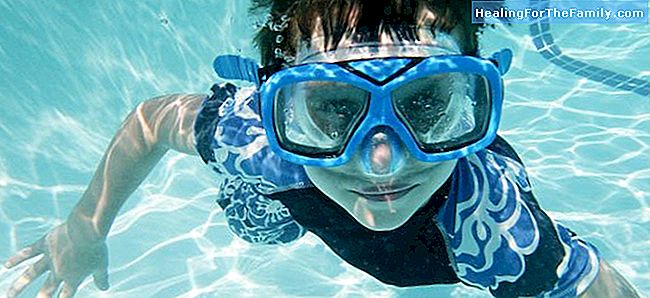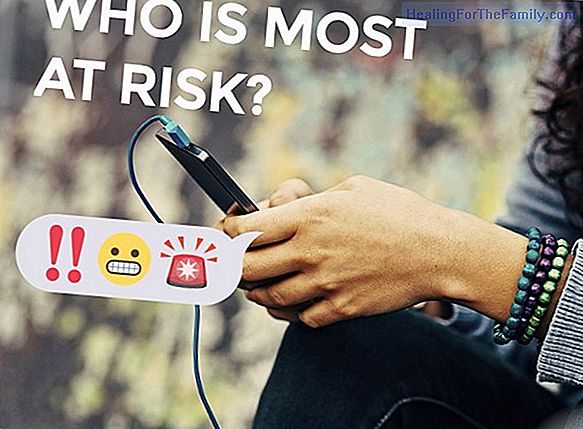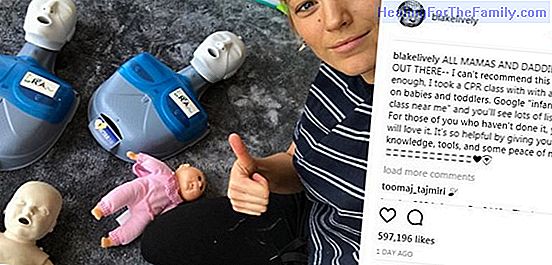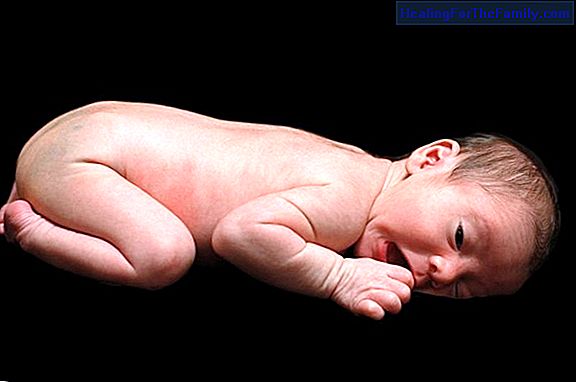What is secondary drowning in children
Secondary drowning is a rare pathology, and for that same little-known reason, knowing its existence can save lives. We must therefore try to make it known and communicate to parents and guardians how to act. Learn to detect the symptoms of a secondary drowning in time. It is important to act quickl
Secondary drowning is a rare pathology, and for that same little-known reason, knowing its existence can save lives. We must therefore try to make it known and communicate to parents and guardians how to act.
Learn to detect the symptoms of a secondary drowning in time. It is important to act quickly.
Secondary drowning symptoms in children

The term 'secondary drowning' is used to define a situation that may occur after 'near drowning'. In other words, a child falls into a pool or into the sea, usually after being unconscious, water enters his lungs; the child can respond well to cardiopulmonary resuscitation (resuscitation) maneuvers and remains unharmed, as is the child in normal conditions ('near drowning').
But after a window period, which can last from one hour to 48 or 72 hours, pulmonary function deteriorates, and the child begins to show symptoms such as:
- Difficulty breathing.
- Intense cough.
- Extreme tiredness.
- Strange behaviors sign of an abnormal brain activity (difficulty in pronouncing words, loss of memory, lack of attention).
This happens because the water that has entered to the bottom of the lungs, that is, the alveoli, produces an abnormal irritation and causes the loss of surfactant (which helps the alveoli to remain open, like soap bubbles). It can occur after an 'almost drowning' in fresh or salt water.
That is why after an episode of this type you must take the child to the hospital ya, since he must stay a few hours under observation. If the child has had to be resuscitated or has been more than a simple drink of water, it should be evaluated by a doctor and re-evaluated after a few hours.












